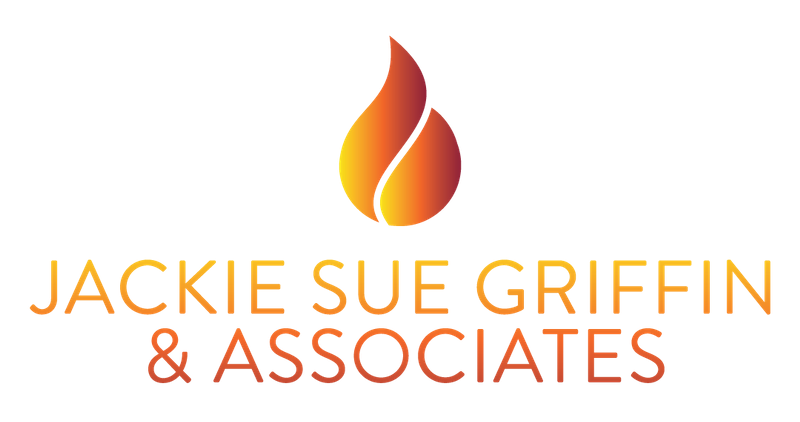08 Jun Fundraising 101 for the Nonprofit CEO

By Jackie Sue Griffin, MBA, MS
Nonprofit fundraising is an art. It is both challenging and rewarding. Whatever your nonprofit’s size, you can be more successful by re-examining the ins and outs of board fundraising.
Here are five core topics to master if you want to help lead your organization to the next level in revenue and impact.
1. Recruit and Retain Great Board Members
Recruitment and retention of board members are two significant steps for every nonprofit organization. Although there are many tasks to do to get great board members, it boils down to finding people passionate about your cause with the connections and skills your nonprofit needs.
Four steps to recruiting great board members are:
- Create a list of your ideal board members’ characteristics.
- Establish a committee of board members responsible for recruiting and vetting new board members.
- Create a written board member job description and provide it to potential board members during the recruitment process.
- Develop—and deliver—a thorough orientation process.
2. Create a Plan of Action
The key here is to have a specific and different plan of action for each year. The basic steps necessary to create a development plan are:
- Create a baseline: Analyze how many grants you applied for and received in the previous year, how many fundraising events you had, how many bulk mailings you sent and how many individuals you solicited.
- Create goals: How much money do you want to raise? What resources will you need?
- Determine what to change: Figure out what has been working so far and what needs to change.
- Write down your plan: Include your goals, action steps, timeline and budget.
3. Work Your Annual Fund
Mail your appeal letters as often as you can afford to. For small to mid-sized nonprofits, this should be two to four times per year. Another way to raise support through your annual fund is to integrate email asks into the yearly campaign solicitation plan. If possible, organize phone-a-thons—and don’t forget about individual solicitations!
4. Build Relationships with Major Donors
Relationships are what fundraising is all about. Some ideas for cultivating a major donor are:
- Give a tour of your facilities, programs and individuals who benefit from it to show how important and meaningful your work is.
- Meet at the donor’s home or office. This way, you will get to know them and have an opportunity to share important program updates.
- Pick up the phone. Calling donors allows you to keep in touch with them and give program updates.
- Write a personal note. Like calling, writing emails and letters also allows you to keep in touch with your donors. This way, you can send them event invitations, press releases and success stories.
- Provide meaningful volunteer opportunities and invite all donors to become more engaged with your nonprofit’s work.
5. Maximize Your Grant Writing Efforts
Start by finding foundations that match your organization. Verify that the foundation provides funding in your geographic area and funds the type of program you’re operating. The next step is calling to confirm with their program officer that your organization and project is a good match to their funding priorities. Once you get the confirmation, carefully complete and submit the application.
Here at JSG & Associates, we support the passionate leaders who make nonprofits successful. For more information about us, visit our website.
Stay up-to-date: Follow us on Facebook, Twitter, LinkedIn and subscribe to our monthly newsletter now.

No Comments